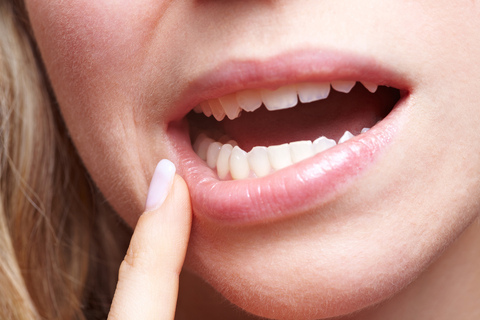
We all want our best and brightest smiles, and today there are many options we can explore at home to make those beautiful smiles a reality. Whether it’s healthy habits, a healthy diet, whitening toothpaste, or do-it-yourself home products, we have golden opportunities to achieve whiter teeth.
Proper brushing is the first step in keeping your teeth stain-free. You should devote at least two minutes twice a day to brushing, being careful to cover the areas between and at the base of teeth, where plaque you miss can form visible tartar. Ask us about the most effective brushing techniques. And please, don’t smoke. Smoking is one of the worst offenders when it comes to discoloring teeth. If you are a smoker, quitting at any point in your life will make a big difference in the whiteness of your smile—and your lasting health!
We all know red wine, coffee, and tea cause some of our worst enamel stains. Acidic drinks such as sodas and citrus beverages can cause even more problems by eroding tooth enamel, exposing the yellowish dentin underneath. Moderation and rinsing with water can help prevent damage. But we have some dietary allies as well! Crunchy foods like apples, carrots, and celery provide a mild scrubbing effect. Dairy products such as milk, cheese, and yogurt strengthen enamel. Fruits such as strawberries and pineapples, studies suggest, contain enzymes that are natural stain removers. While no one food takes the place of brushing or cleaning, a healthy diet and a healthy body enhance any smile.
- Brushing with a Whitening Toothpaste
Toothpastes are available which can remove some surface stains, and which can keep teeth their whitest after a professional whitening. They won’t penetrate the enamel surface or change the natural color of your teeth. If these toothpastes are going to work on discolored tooth surfaces, you will usually see results within a few weeks.
- Over-the-counter (OTC) Whitening Kits
These products provide a peroxide-based gel that can be applied in a tray or with strips. If you choose a tray application, make sure trays fit properly so sensitive mouth and gum tissue is not irritated. If you decide on strips, always make sure all of the tooth surface is covered to avoid uneven whitening. These kits have more powerful whiteners than toothpastes, and so you might see better results, but tooth and gum sensitivity can be a problem.
While all these whitening methods can be helpful, there are some circumstances when a professional whitening is best. Professional gel whiteners are more powerful, and can help eliminate darker stains that OTC products can’t remove. We can make sure sensitive gum and mouth tissue is protected from bleaching agents. And, if you are on a deadline, we can provide a much faster result. Some conditions, such as deep stains caused by trauma or medication, or darker-colored caps, veneers, and crowns, require more than whitening, and we are happy to present options for those situations.
If you have any questions or concerns about whitening your teeth, please give our Dartmouth, MA office a call. Whether it’s advice on how to brush or how to quit smoking, discussing the effects of foods and drinks on our teeth, suggesting OTC whitening products, or providing a professional whitening, Dr. Ghenta and our team are happy to help you achieve your best and brightest smile!






 Website Powered by Sesame 24-7™
Website Powered by Sesame 24-7™